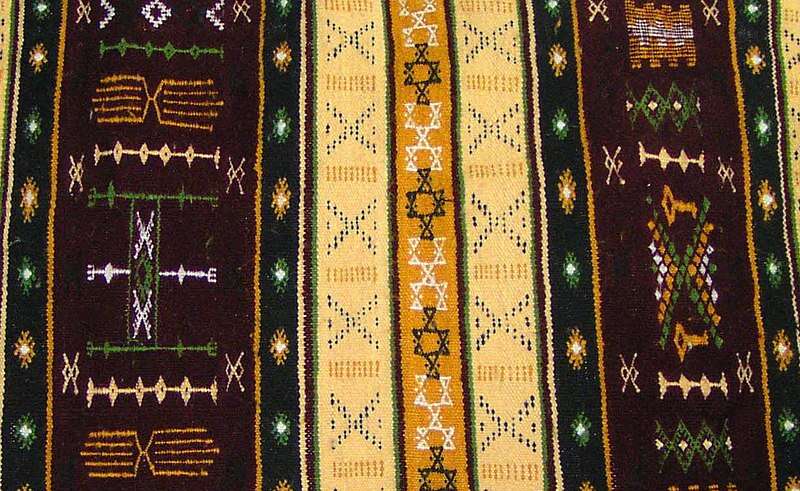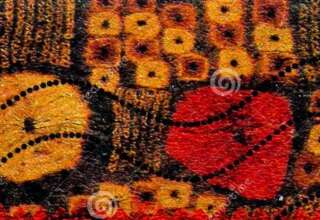
In 2011, the Tunisian Revolution, which was triggered by dissatisfaction with the lack of freedom and democracy under the 24-year rule of President Zine El Abidine Ben Ali, overthrew his regime and catalyzed the broader Arab Spring movement across the region. Free multiparty parliamentary elections were held shortly thereafter; the country again voted for parliament on 26 October 2014, and for president on 23 November 2014. From 2014 to 2020, it was considered the only democratic state in the Arab world, according to The Economist Democracy Index. After democratic backsliding, Tunisia is now rated a hybrid regime. It is one of the few countries in Africa ranking high on the Human Development Index, with one of the highest per capita incomes on the continent, ranking 129th in GDP per capita income.
Tunisia is well integrated into the international community. It is a member of the United Nations, Organisation internationale de la Francophonie, the Arab League, the Organisation of Islamic Cooperation, the African Union, the Common Market for Eastern and Southern Africa, the Non-Aligned Movement, the International Criminal Court, the Group of 77, among others. It maintains close economic and political relations with some European countries, particularly with France and Italy, due to their geographical proximity. Tunisia also has an association agreement with the European Union and has attained the status of a major non-NATO ally of the United States.
History of Tunisia
Farming methods reached the Nile Valley from the Fertile Crescent region about 5000 BC, and spread to the Maghreb by about 4000 BC. Agricultural communities in the humid coastal plains of central Tunisia then were ancestors of today’s Berber tribes. It was believed in ancient times that Africa was originally populated by Gaetulians and Libyans, both nomadic peoples. According to the Roman historian Sallust, the demigod Hercules died in Spain and his polyglot eastern army was left to settle the land, with some migrating to Africa. Persians went to the West and intermarried with the Gaetulians and became the Numidians. The Medes settled and were known as Mauri, later Moors.
At the beginning of recorded history, Tunisia was inhabited by Berber tribes. Its coast was settled by Phoenicians starting as early as the 12th century BC (Bizerte, Utica). The city of Carthage was founded in the 9th century BC by Phoenicians. After the series of wars with Greek city-states of Sicily in the 5th century BC, Carthage rose to power and eventually became the dominant civilization in the Western Mediterranean. The people of Carthage worshipped a pantheon of Middle Eastern gods including Baal and Tanit. Tanit’s symbol, a simple female figure with extended arms and long dress, is a popular icon found in ancient sites.
A Carthaginian invasion of Italy led by Hannibal during the Second Punic War, one of a series of wars with Rome, nearly crippled the rise of Roman power. From the conclusion of the Second Punic War in 202 BC, Carthage functioned as a client state of the Roman Republic for another 50 years. Following the Battle of Carthage which began in 149 BC during the Third Punic War, Carthage was conquered by Rome in 146 BC. Following its conquest, the Romans renamed Carthage, incorporating it as a province.




